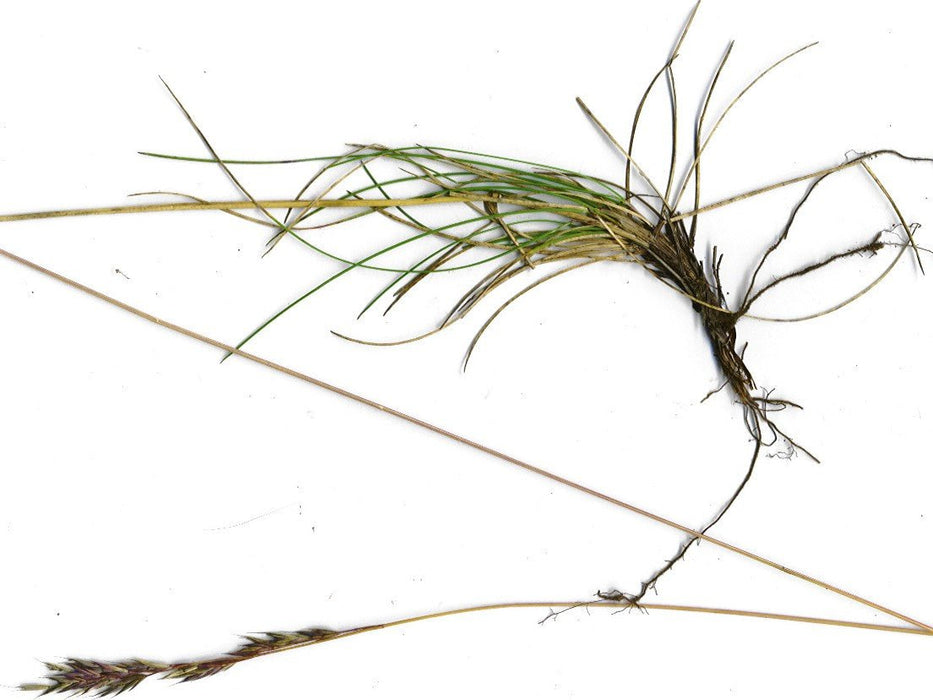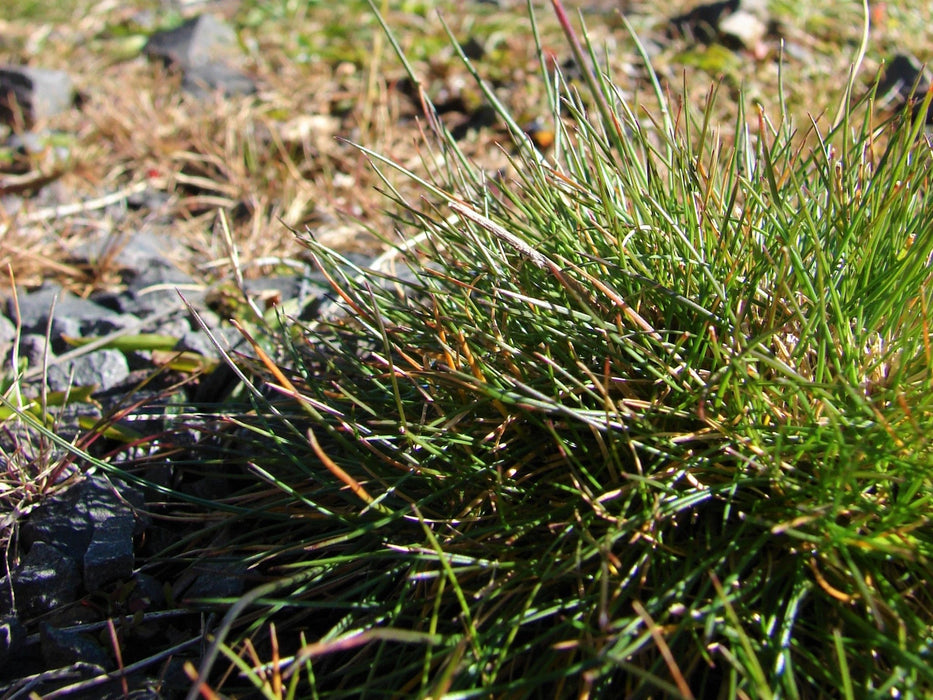
Native Red Fescue Seeds (Festuca rubra)
Native to most of North America, red fescue is a cool-season perennial, meaning it tends to go dormant in the heat of summer. While there are also non-native subspecies of this plant (such as European types) our native version is a slightly bunch forming grass (as opposed to creeping) which makes it a good companion for wildflowers since it tends to leave openings in a sward for some of those wildflowers to establish and persist.
Generally, red fescue is widely adapted to many different soils, however it definitely prefers cooler (rather than hotter) locations, rich soils, and sites that are neither completely wet, nor completely parched and dry. It can even tolerate partial shade. All of that said, it can show up in surprising places that are as diverse as salt marshes and tundra.
As grasses go, it is also somewhat shorter in stature, typically not growing more than around 18 inches in maximum height, and it has a good tolerance for mowing, animal browsing, and occasional foot traffic.
Because red fescue is a bit more prolific than some species of native grasses, it has a good reputation for excluding weed invasions, with some research demonstrating that red fescue root exudates help slow the encroachment of shrubby weeds. (We think this makes it a good candidate to try for reducing Scotch broom invasions). Red fescue also has a good reputation for tolerating contaminated or polluted soil locations.
We often use red fescue in combination with other native grasses as a foundation (or matrix) plant in low maintenance meadows, pollinator lawns that need to be mowed periodically, for slopes that need erosion control, and in partially shaded locations where other grasses would struggle. It can also be grown out as nice densely-tufted plugs, then planted on a grid to create an attractive, architectural grass-scape. Red fescue is a host plant for several skipper butterflies, and for the hemi-parasitic plant, yellow rattle.
Approximately 3000 to 6000 seeds (14 grams) - enough to very densely cover around 100 to 150 square feet.

